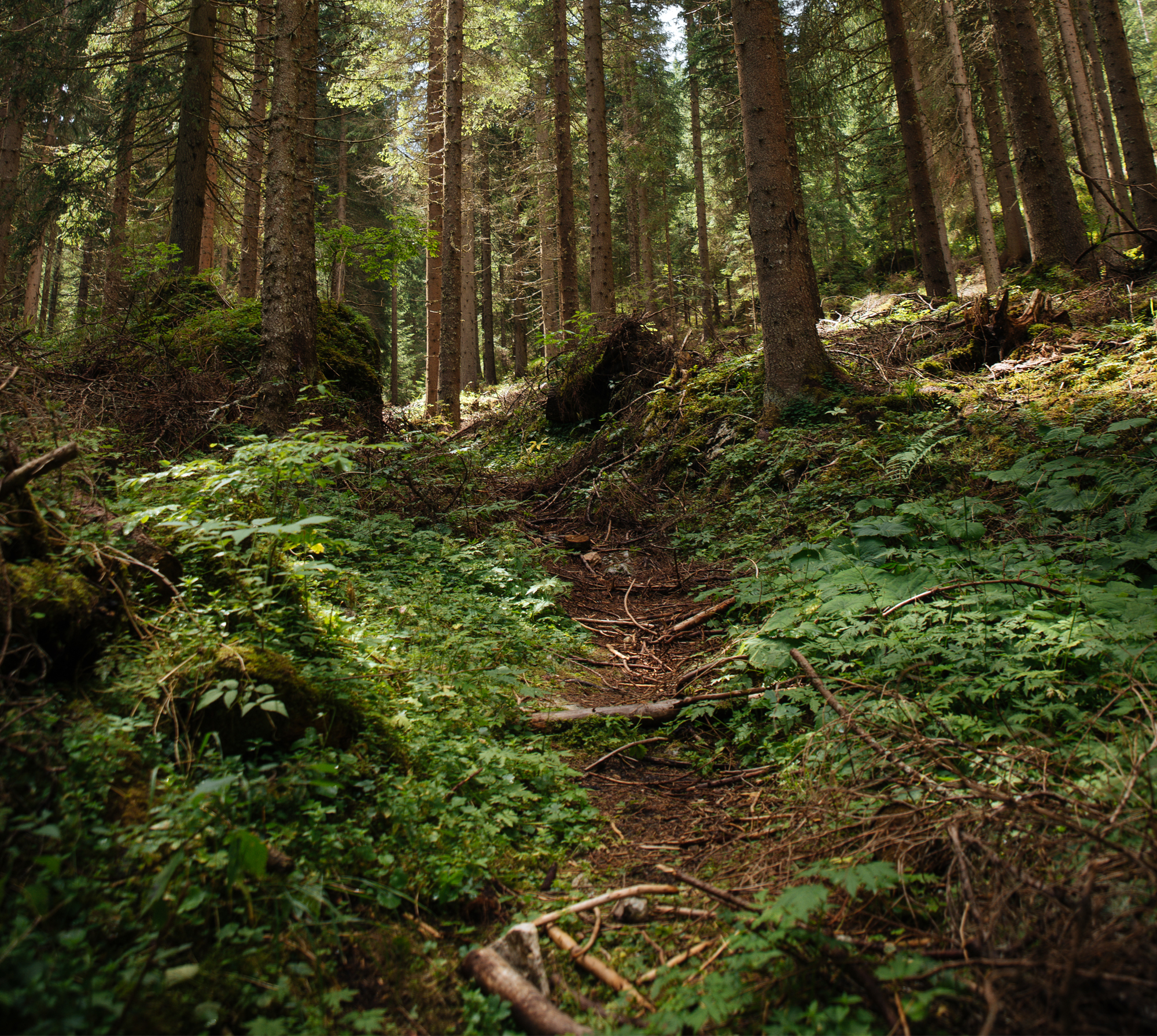
The role of silviculture in British Columbia forest management
Autorzy
-
Jacek Bańkowski
Registered Professional Forester, British Columbia, Canada
e-mail: jtbankow@gmail.com
Abstract
The province of British Columbia (BC) has undergone several attempts to address public discontent with forest management reflected in the decline in forestry over the last 25 years. The creation of silviculture systems such as variable retention and clearcut with reserves has addressed biodiversity and visual quality values allowing forest tenure holders to access timber using a clearcut, the profitable high volume/low-cost harvesting system. The author lists the negative consequences of application of retention silviculture systems built for purposes other than tree regeneration and timber production. The predominant application of such a silviculture system in BC and non-existence of forest management rooted in traditional partial harvesting systems may be a factor in financial losses to the Province of BC, decline in timber production and excessive application of chemical and manual brushing.
The author suggests that the overhaul of forest management in BC including tenure reform and silviculture regulation change is needed to ensure proper ecologically suitable silviculture systems are applied and the BC forest management is revitalized.
| DOI | 10.2478-ffp-2025-0005 |
|---|---|
| Source | Folia Forestalia Polonica, Series A – Forestry, 2025, Vol. 67 (1), 46–50 |
| Print ISSN | 0071-6677 |
| Online ISSN |
2199-5907 |
| Type of article |
Short communication |
| Original title |
The role of silviculture in British Columbia forest management |
| Publisher | © 2025 Author(s). This is an open access article licensed under the Creative Commons Attribution-NonCommercial-NoDerivs License (http://creativecommons.org/licenses/by-nc-nd/4.0/) |
| Date | 10/03/2025 |
- Vysotska N., Khromuliak O., Borysenko O., Rumiantsev M., Yashchuk I., Kipran O. Comparing the effectiveness of random forest and generalized linear models in predicting ungulate browsing impact on Kyiv Polissya’s young pine forests
- Baranowska M., Baturo-Cieśniewska A., Hauke-Kowalska M., Łukowski A., Korzeniewicz R., Marcin Zadworny M., Kowalkowski W. Cherry spruce rust in the Wigry National Park and Suwałki Forest District: cone infestation and its implications
- Tkaczyk M., Sikora K., Hanna S., Jabłoński T. Review of the most important fungal diseases occurring in forest nurseries in Poland in 2012–2021
- Lech P., Hildebrand R., Małachowska J. Forest monitoring in Poland: legal foundations and scope of the programme
- Bańkowski J. The role of silviculture in British Columbia forest management

